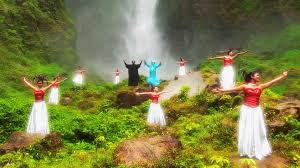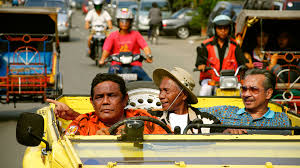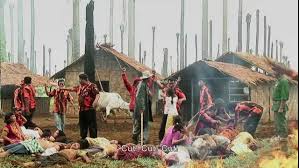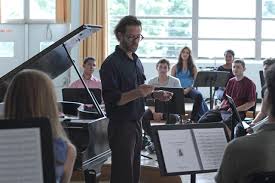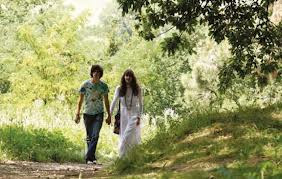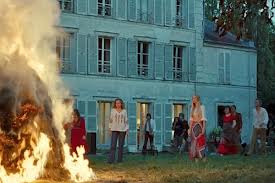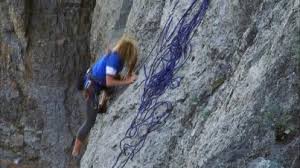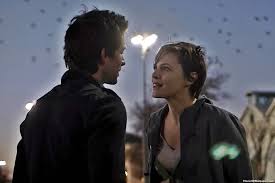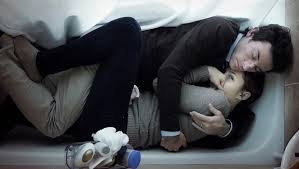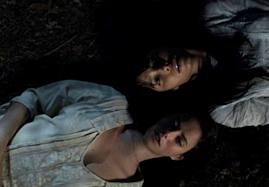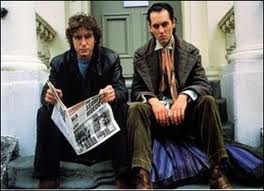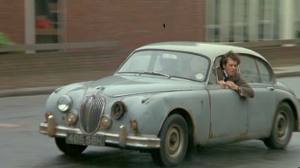USA 2012. Dir Noah Baumbach. Scr: Greta Gerwig, Noah Baumbach
This is a delightful film. Enough of a fairy-tale to be uplifting, not too much of a fairy-tale for the toes to curl. A light, fresh riff set in a black-and-white contemporary New York that seems to wish it was Paris, but realises that it has its own romantic potential. And it’s a film that unashamedly gives us, in the charming Greta Gerwig, a new muse: think of your nicest friend and mix her with Anna Karina and Adrienne Shelley. She has a face on which the camera lingers: we don’t want her or want to be her, we just understand each other and smile.
Frances is the slightly ungainly understudy in a dance company for whom life is a series of disappointments and situations where she is, again slightly, out of place. But she has a special best friend, Sophie – played by Sting’s daughter Mickey Sumner, and an innocent optimism and vibrancy, which people like. But not only is the strength of her most important relationship tested when Sophie hooks up with a banker who is posted to Japan, the dance company then decides that it cannot give her work in the winter show that would have provided confidence, purpose and the ability to pay rent.
But this is a generous film about being young. On the whole all the (young) people are shown in a positive light and no-one is judged, especially not by Frances. It has a rare narrative spine: it’s about the relationship between two women as their paths diverge. From symbiosis, a friendship is reshaped and redefined. And when we see Frances running through the streets of New York – with some dance steps here and there – as David Bowie’s Modern Love plays, we feel good. We feel there’s a chance that our modest dreams might be within touching distance. We feel that, like Frances, after many stumbling starts we might guided by an invisible hand towards a dream we didn’t know we had.
Also by Noam Baumbach:
Greenberg (2010)
Margot at the Wedding (2007)
The Squid and the Whale (2005)


